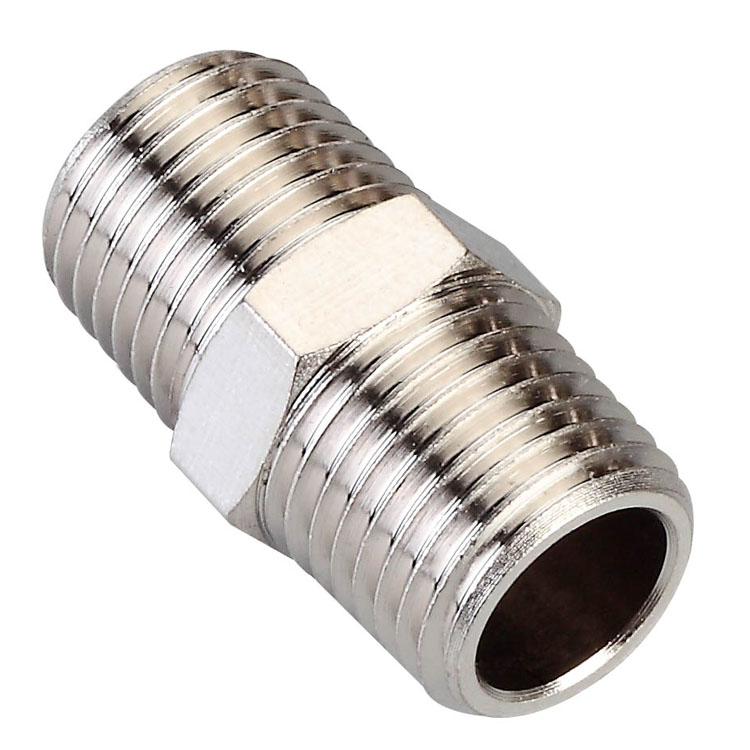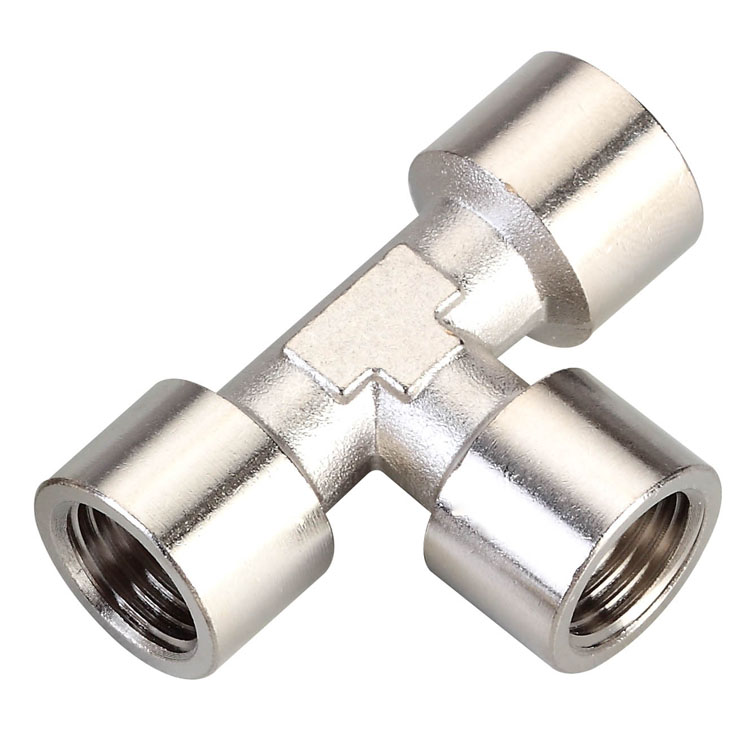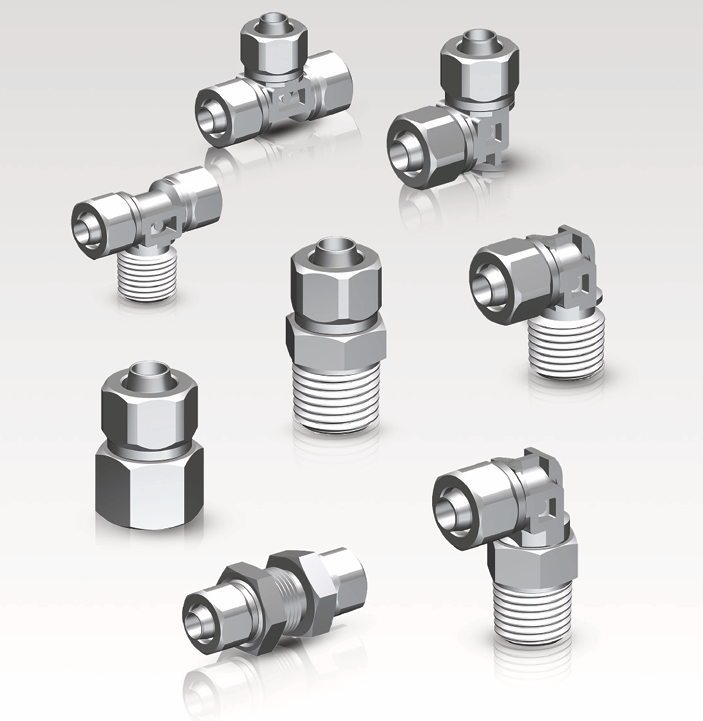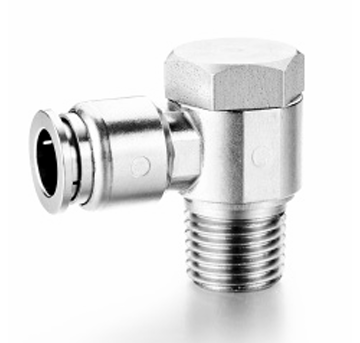When working with pneumatic systems, understanding the terminology and specifications of fittings is crucial for ensuring optimal performance and safety. One term that frequently comes up is “NPT,” which stands for National Pipe Taper. NPT fittings are essential in creating secure, leak-proof connections in various applications, from air compressors to industrial machinery. This article will delve into what NPT means, its characteristics, applications, and how to choose the right NPT fittings for your needs. By the end, you’ll have a comprehensive understanding that will help you make informed decisions without needing to search for additional information.
Table of Contents
ToggleWhat is NPT?
Definition of NPT
NPT, or National Pipe Taper, is a standard for tapered threads used on pipes and fittings in the United States. Established by the American National Standards Institute (ANSI), NPT threads are designed to create a tight seal when two fittings are screwed together. The tapering of the threads allows for a mechanical seal that becomes tighter as pressure increases, making NPT fittings particularly effective in high-pressure applications.
Characteristics of NPT Threads
NPT threads are characterized by their tapered design, which means that the diameter of the threads decreases along the length of the fitting. This tapering allows the threads to compress against each other when tightened, creating a seal that prevents leaks. The standard thread angle for NPT is 60 degrees, and the threads are typically measured in inches, with common sizes including 1/8″, 1/4″, 1/2″, 3/4″, and 1″.
In comparison to other thread types, such as BSP (British Standard Pipe), NPT threads are designed specifically for the U.S. market and have different sealing mechanisms. While BSP threads are parallel and require additional sealing methods, NPT threads rely on the taper to create a seal, making them a popular choice in many applications.

How is NPT Measured?
Understanding NPT Sizes
NPT fittings are measured by their nominal size, which refers to the approximate inside diameter of the pipe. For example, a 3/4″ NPT fitting has a nominal size of 3/4 inch, but the actual dimensions may vary. It’s essential to understand that the nominal size does not always correspond to the actual physical dimensions of the fitting, so always check the specifications before making a purchase.
Measuring NPT Threads
To measure NPT threads accurately, you need to consider both the thread pitch and the angle. The pitch refers to the distance between threads, while the angle is the degree of the taper. Using a thread gauge can help you determine the correct size and type of NPT fitting needed for your application. Accurate measurements are crucial for ensuring compatibility and preventing leaks.

Applications of NPT Fittings
Where are NPT Fittings Commonly Used?
NPT fittings are widely used in various applications, particularly in pneumatic systems, HVAC, and industrial machinery. Some common uses include:
- Air Compressors: NPT fittings are often used to connect air hoses and tools, ensuring a secure and leak-proof connection.
- Hydraulic Systems: These fittings are essential in hydraulic applications where high pressure is involved, providing reliable connections that can withstand demanding conditions.
- Industrial Equipment: Many types of machinery utilize NPT fittings for fluid transfer, ensuring that systems operate efficiently and safely.
Advantages of Using NPT Fittings
Using NPT fittings offers several advantages:
- Reliable Sealing: The tapered design creates a strong seal that becomes tighter under pressure, reducing the risk of leaks.
- Versatility: NPT fittings are compatible with a wide range of materials and applications, making them a versatile choice for many industries.
- Ease of Installation: NPT fittings are relatively easy to install, requiring only basic tools and techniques. This simplicity can save time and reduce labor costs.

Choosing the Right NPT Fitting
Types of NPT Fittings Available
There are various types of NPT fittings, each designed for specific applications:
- Threaded Fittings: These are the most common type of NPT fittings, used for permanent connections. They require careful alignment to avoid cross-threading, which can lead to leaks.
- Adapters: NPT adapters allow for the connection of different pipe sizes or types, providing flexibility in system design.
- Couplers: Quick couplers enable rapid connection and disconnection, making them suitable for applications where equipment needs to be frequently connected and disconnected.
Factors to Consider When Selecting NPT Fittings
When choosing the right NPT fitting, consider the following factors:
- Material: Common materials include brass, stainless steel, and plastic. Each material has its advantages, such as corrosion resistance or weight. For example, brass fittings are durable and resistant to corrosion, making them ideal for water applications, while plastic fittings are lightweight and resistant to chemicals.
- Pressure Ratings: Ensure the fitting can handle the pressure requirements of your application. Different fittings have varying pressure ratings, and using a fitting that cannot withstand the required pressure can lead to catastrophic failures.
- Temperature Considerations: Different materials perform better at varying temperatures, so choose accordingly. For instance, some plastics may deform under high temperatures, while metals can handle higher temperatures but may be susceptible to corrosion.
Quality control is also vital in the manufacturing process. Always opt for fittings from reputable manufacturers to ensure reliability and performance.

Troubleshooting Common Issues with NPT Fittings
Common Problems and Solutions
Even with the best fittings, issues can arise. Here are some common problems and their solutions:
- Leaks: Often caused by improper installation or worn seals. Ensure that threads are clean and use appropriate sealants or Teflon tape. If a leak occurs, disassemble the fitting, inspect the threads, and replace any damaged components.
- Cross-Threading: This occurs when the threads do not align correctly. Always start threading by hand to ensure proper alignment before using tools. If cross-threading happens, the fitting may need to be replaced.
- Compatibility Issues: Ensure that the fittings match the pipe size and type. Double-check specifications before purchasing. If you’re unsure, consult with a supplier or manufacturer for guidance.
Best Practices for Installation and Maintenance
To avoid issues, follow these best practices:
- Proper Installation: Always follow the manufacturer’s guidelines for installation. Use the correct tools and techniques to avoid damaging the fittings. For threaded fittings, apply a suitable thread sealant to enhance the seal.
- Regular Maintenance: Periodically check fittings for signs of wear or leaks. Replace any damaged components promptly to maintain system integrity. Regular maintenance can prevent costly repairs and downtime.
Conclusion
Understanding what NPT means in air fittings is essential for anyone involved in pneumatic systems. By grasping the significance of NPT standards, the implications of the tapered design, and the various applications and types of fittings available, you can make informed decisions that enhance the performance and reliability of your systems. Remember to consider material, pressure ratings, and installation practices to ensure the longevity of your fittings. If you have any questions or need further assistance, don’t hesitate to reach out for expert advice tailored to your specific requirements.

